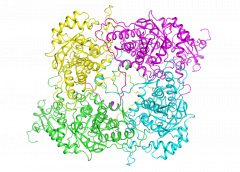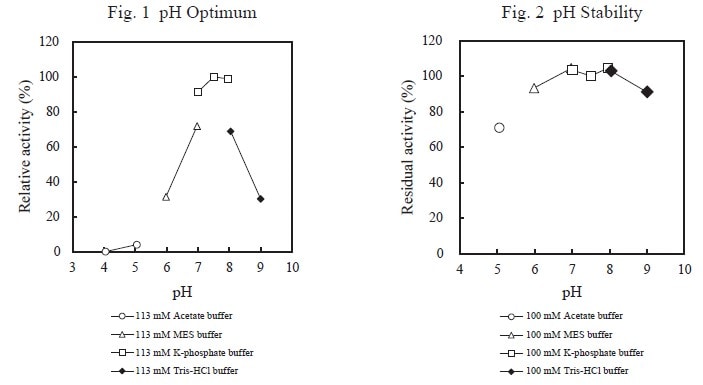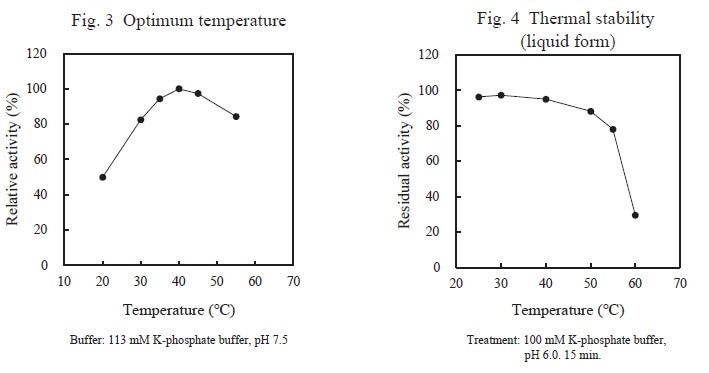
CD : 60203
The enzyme is useful for the determination of lactate in clinical analysis and continuous lactate monitoring sensor.
| Origin | recombinant E. coli |
|---|---|
| Systematic name | (s)-Lactate : ferricytochrome-c 2-oxidoreductase |
| Reaction formula | L-Lactate + acceptor → → → Pyruvate + reduced acceptor |




